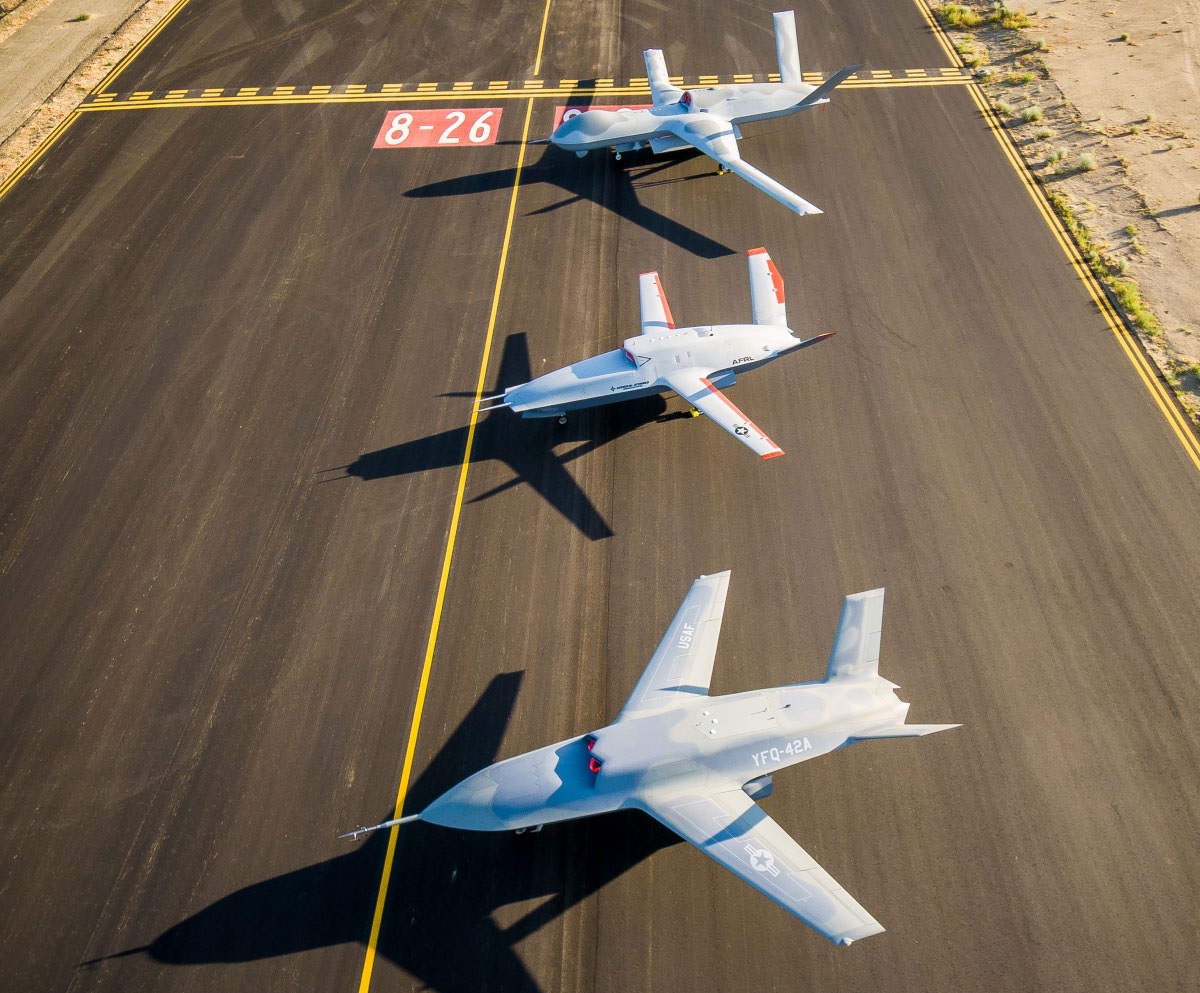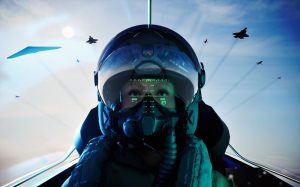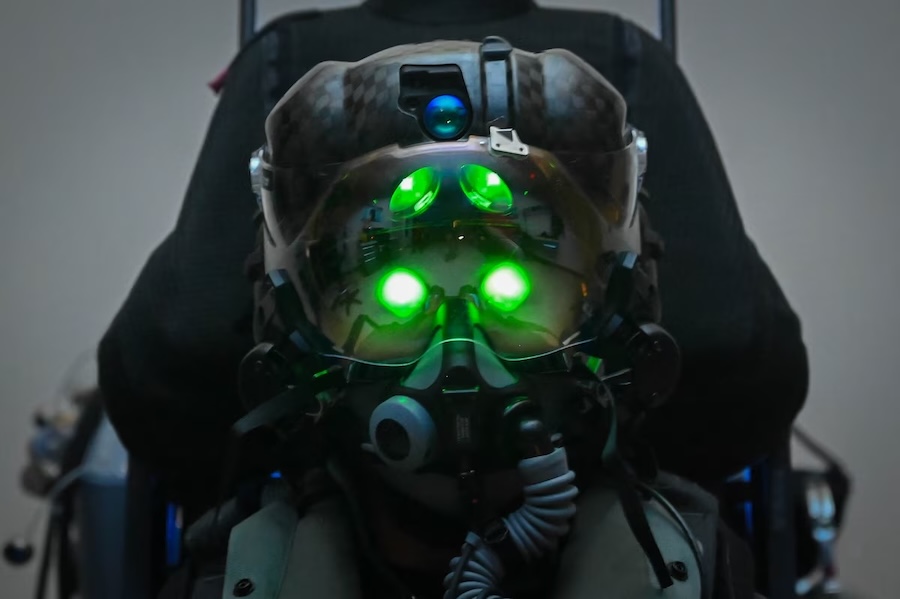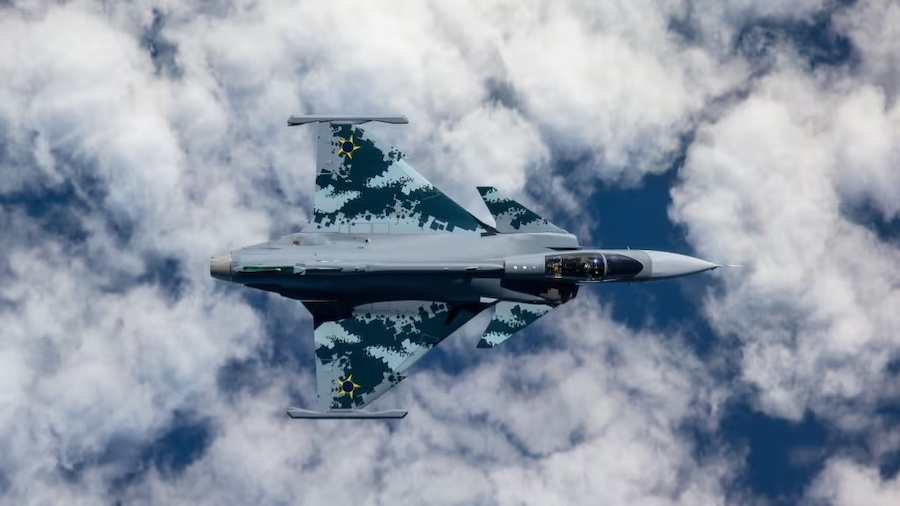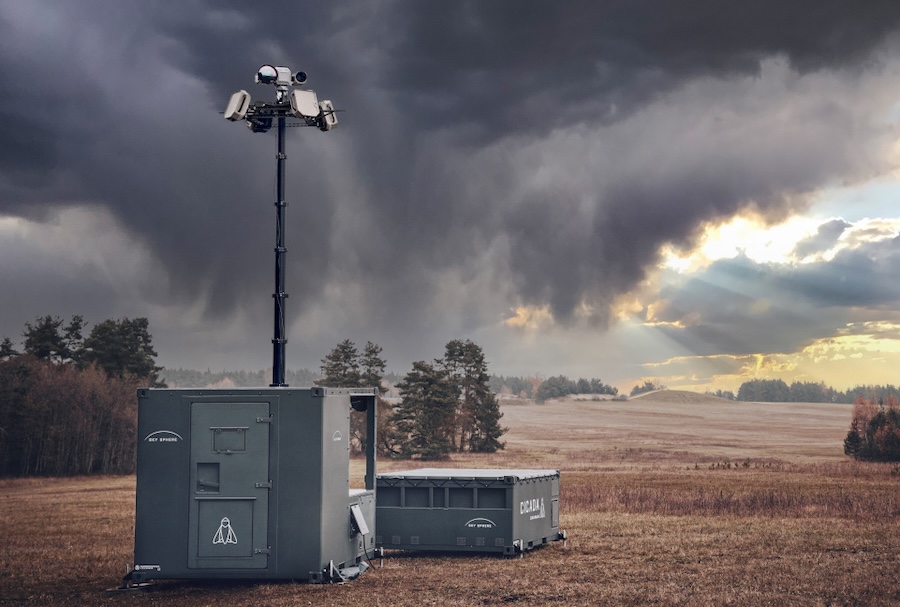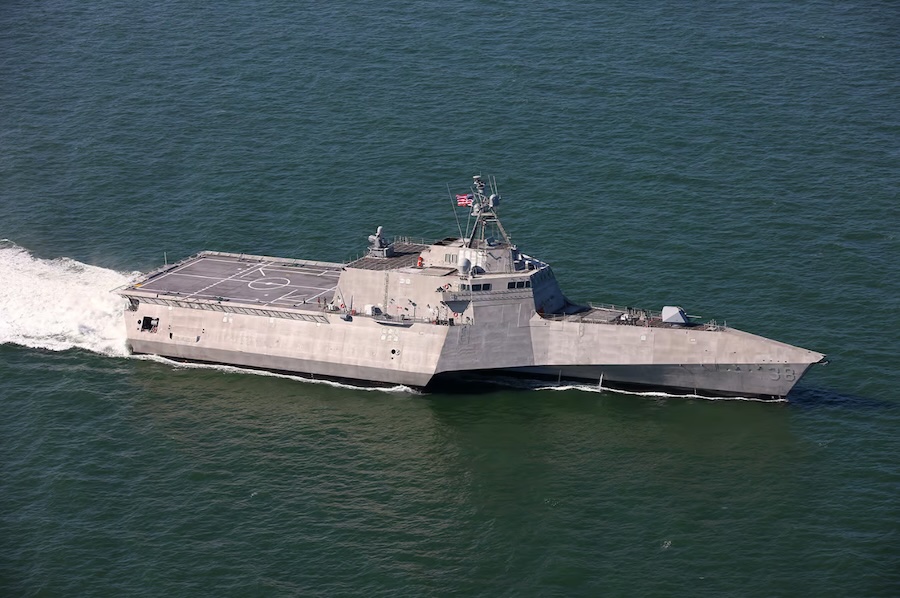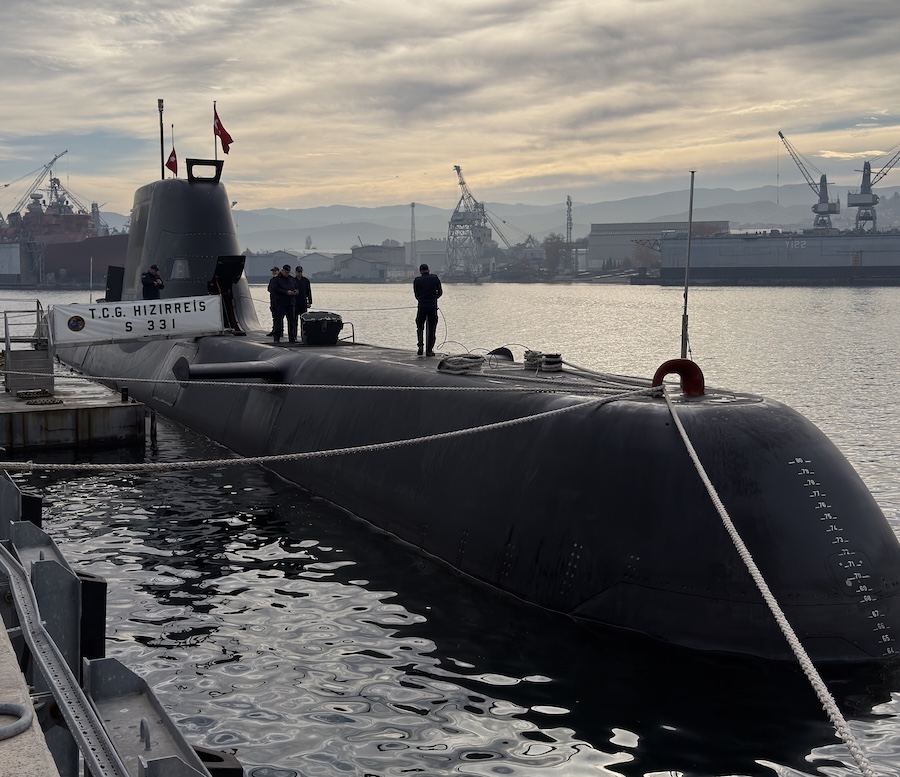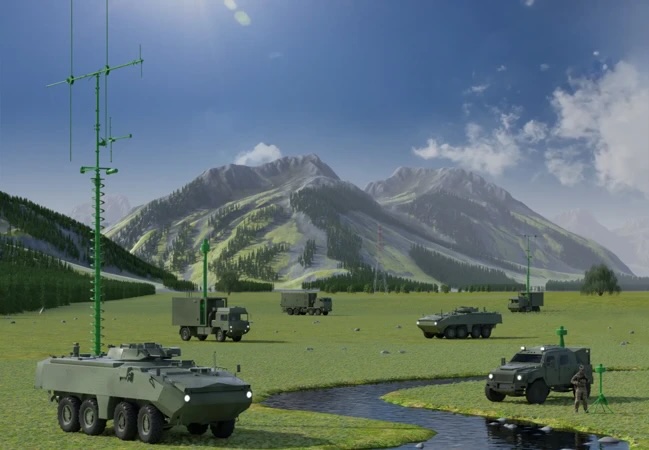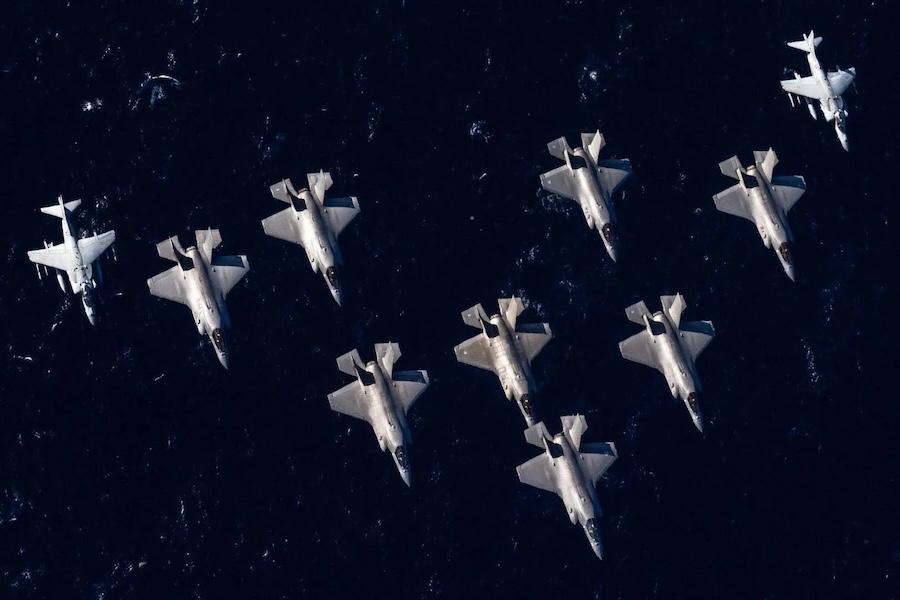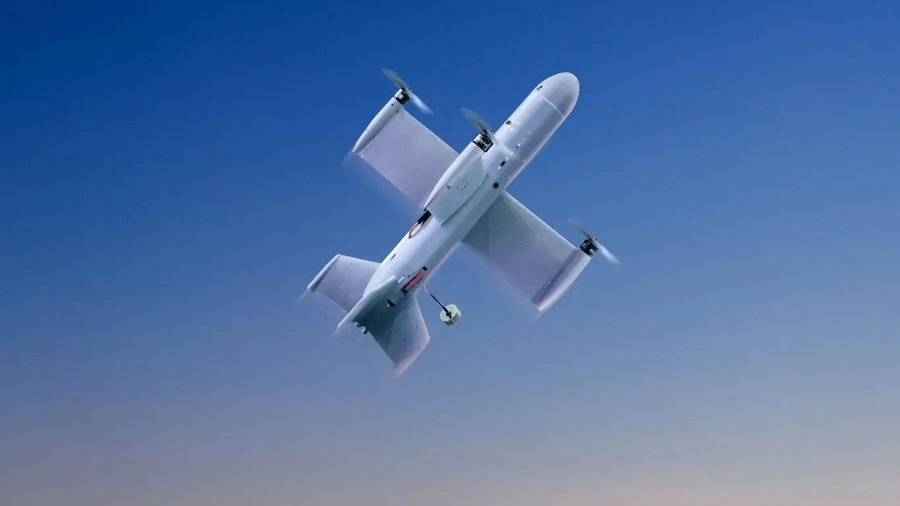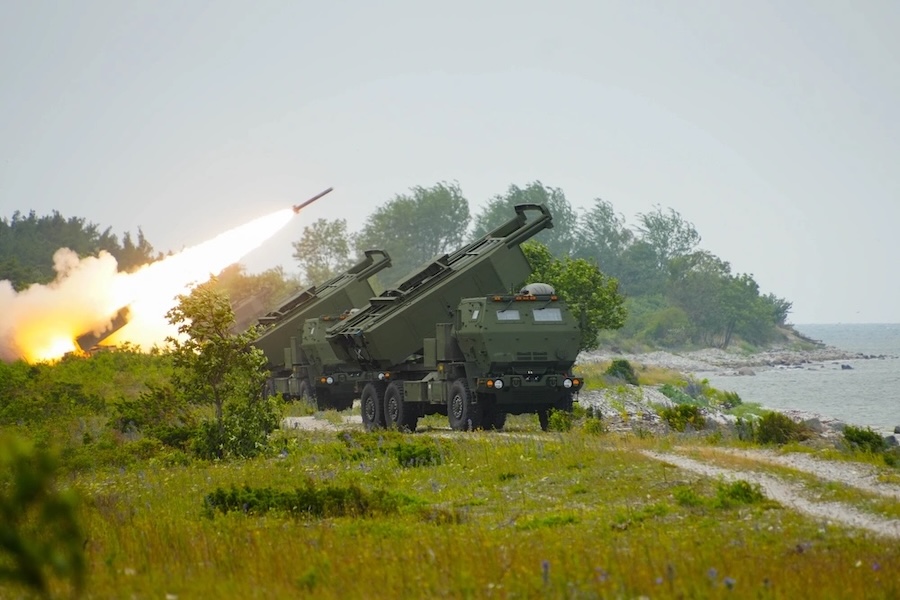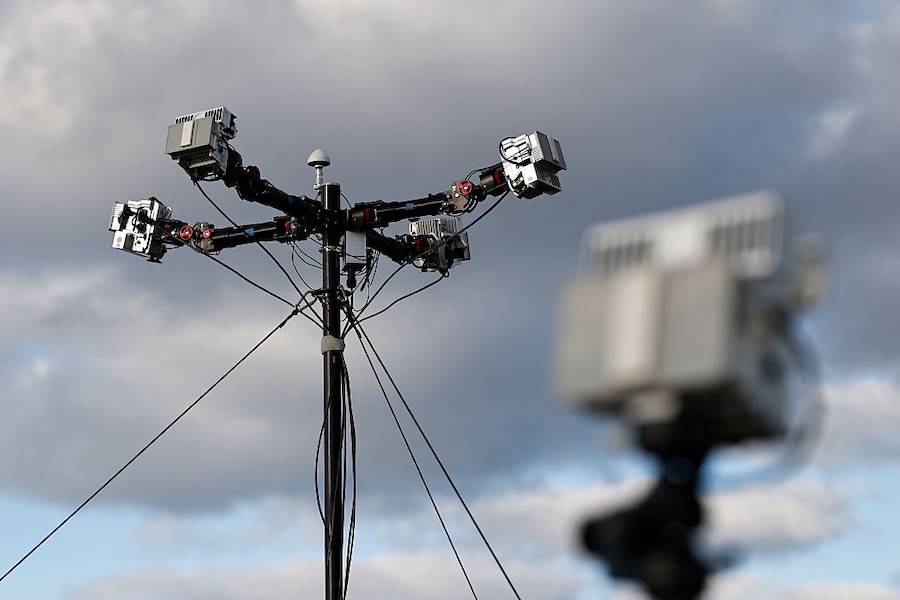The milestone represents a key step towards scalable, modular autonomy and seamless crewed-uncrewed teaming (C/U-T) across future operational environments. Mike Atwood, Vice President of Advanced Programs at General Atomics Aeronautical Systems, Inc. (GA-ASI), stated: “This successful test underscores the Department’s commitment to fielding autonomous systems that can integrate into joint operations using existing tactical networks.”
Built by GA-ASI under contract with AFRL, the XQ-67A platform serves as a crucial element in efforts to develop affordable, scalable unmanned systems through platform sharing. The flight validated the integration of multiple mission systems, including autonomy, mission computing, networking, power and thermal management, and datalinks.
Using a tactical datalink, the aircraft received live updates and situational information, enabling it to coordinate effectively with other aircraft and autonomous systems. “Government owned autonomy on the XQ-67A is a concrete step toward deployable, combat-relevant autonomy that works with and alongside crewed platforms,” Atwood added.
The demonstration further advances the US Air Force’s vision of integrating autonomous systems to support existing and future manned capabilities. It also supports AFRL’s learning objectives by accelerating the transition of technology through the use of the XQ-67A testbed in operationally relevant scenarios.



